Droughts. Floods. Hurricanes. Rising seas. Across the country, towns and cities are facing their own sets of environmental hazards. While planners are working to fortify physical infrastructure against an uncertain future, NOAA's Environmental Literacy Program is helping to bolster another critical component of resilient communities: the people themselves.
This program provides grants to support community resilience through education, empowering people of all ages to become advocates for safety and preparedness. From hosting student summits in New York to building rain gardens in Arizona, each partner serves the unique needs of their local area. Tour the country through ten photos from these programs.
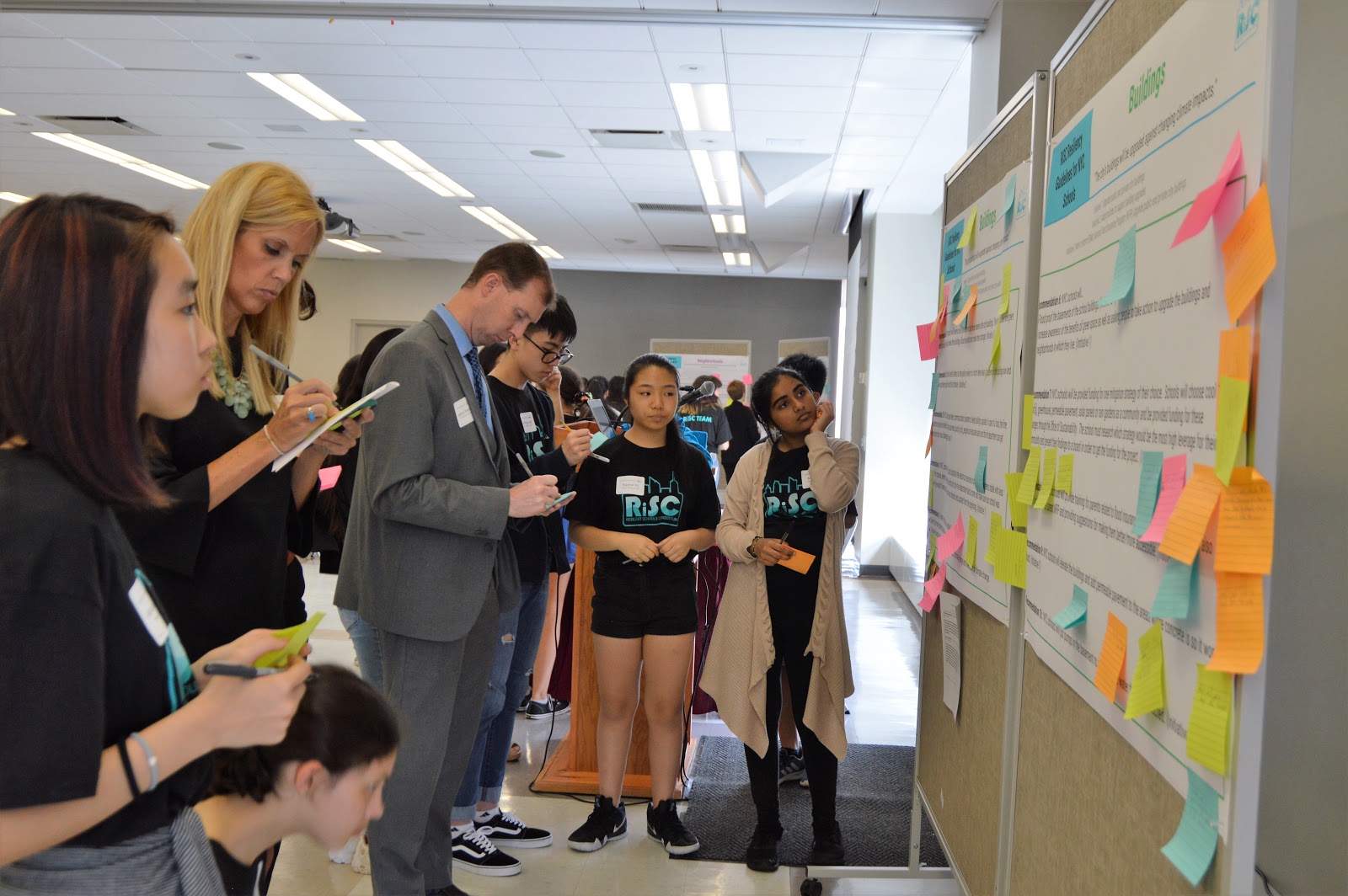
In October 2012, Superstorm Sandy hit New York City, damaging more than 200 schools offsite link. After witnessing the hurricane’s impacts, many of the affected students wanted to take action to help their community be more ready to respond to future storm threats. The Resilient Schools Consortium (RiSC) — created by the National Wildlife Federation, Brooklyn College, the NYC Department of Education, the Science and Resilience Institute at Jamaica Bay, and New York Sea Grant — empowers students to prepare their schools for extreme weather events like Sandy. This year-long program operates in six coastal Brooklyn schools, working with students and teachers both during and after school hours as they create projects to improve their school’s resilience to flooding, sea level rise, and other environmental hazards. On June 7, 2019, RiSC held its second annual student summit at Brooklyn College. There, students presented their school resilience plans to over 100 city, state, and federal agency officials, and these professionals provided feedback and advice to the students. In addition to improving resilience for the participating schools, the RiSC efforts also impacted the larger New York City community, adding education into the OneNYC Climate Action and Adaptation Plan.
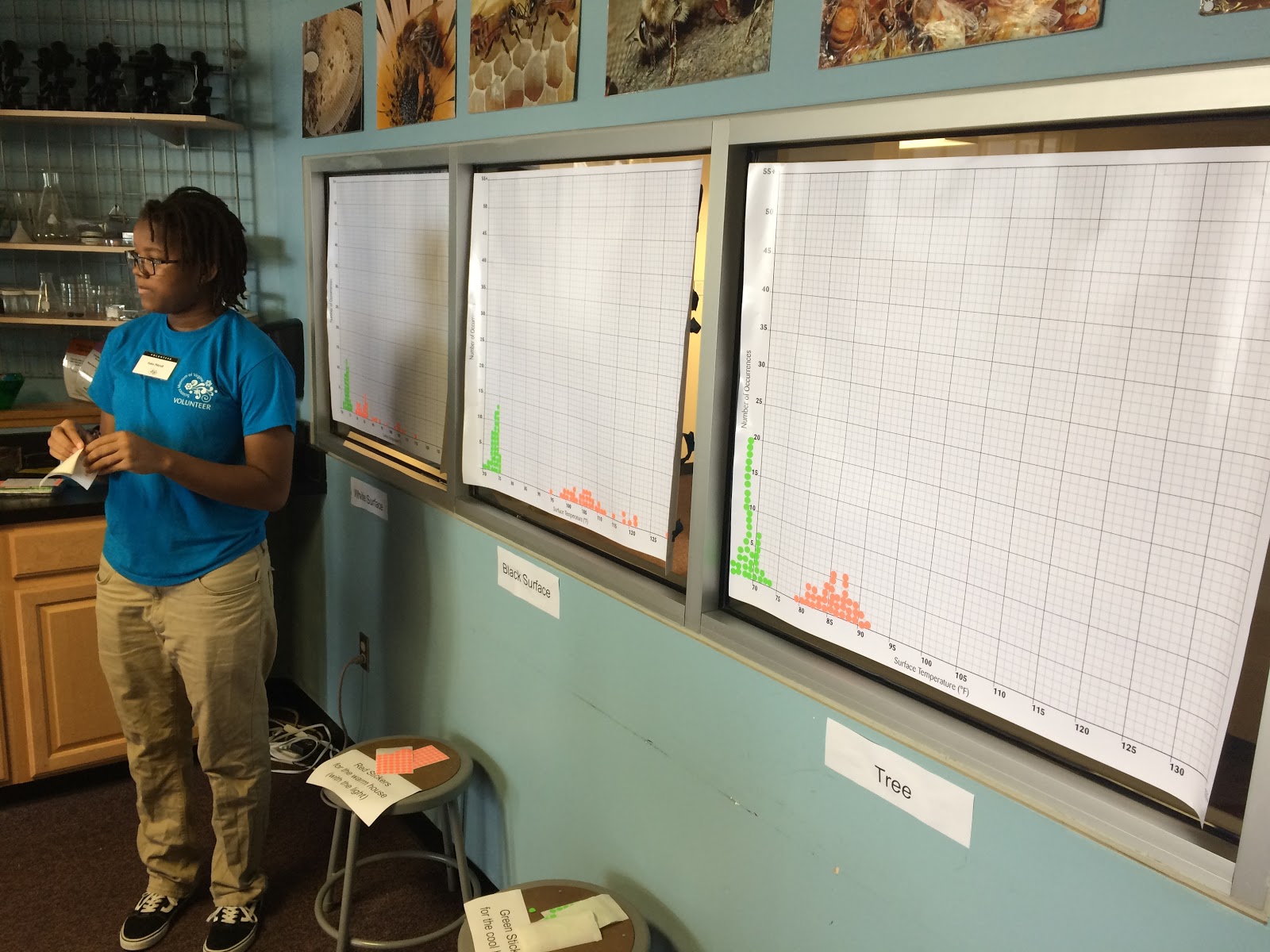
If you've spent a sweltering summer in a city, you may know that some neighborhoods feel a lot hotter than others. But how much hotter? The Science Museum of Virginia’s project is working to answer that question by engaging citizen scientists in measuring “urban heat islands,” or unshaded areas within cities that can run 10-20 degrees hotter than other areas. In August 2018, the museum partnered with Portland State University and NOAA’s Climate Program Office to pinpoint heat islands in Washington, D.C., and Baltimore, Maryland. Volunteers drove around each city in the span of two days, recording air temperature on prescribed routes and ultimately collecting over 75,000 temperature measurements from across each city. The team observed temperature differences of around 16.5 degrees Fahrenheit in Washington and 17 degrees Fahrenheit in Baltimore between the cities’ hottest and coolest places at the same time of day. Government officials from both cities expressed an interest in using these maps in their long-term climate resilience planning. Project participants were eager to take the next step by reaching out to vulnerable neighborhoods to help residents develop tailored adaptation plans.
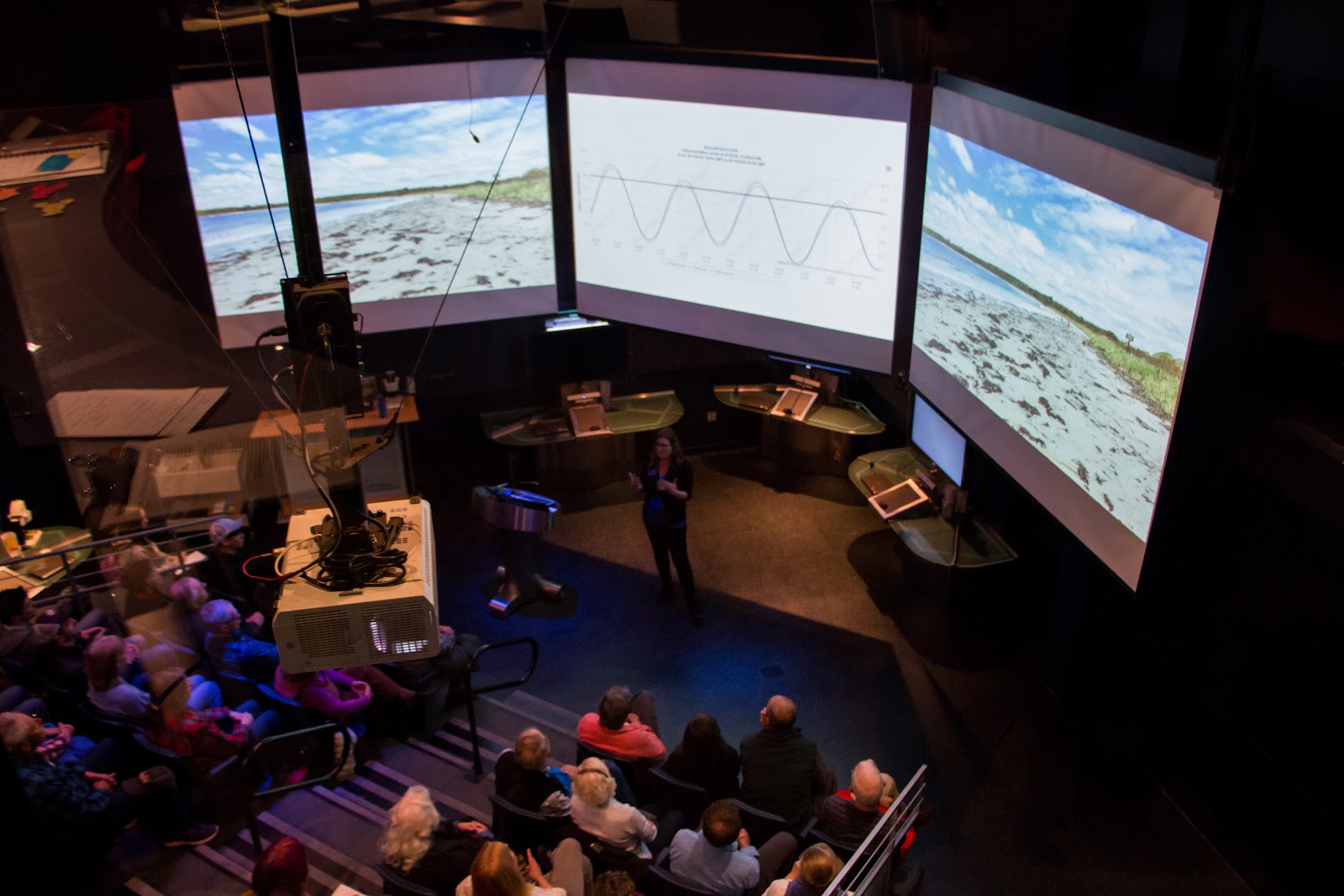
About 34% of Maine’s residents live along the state’s nearly 3,500 miles of coastline — a coastline whose waters have warmed more than anywhere else in the United States. This warmer waters and rising sea level will lead to more severe storms and higher tides, which can impact these coastal communities' well-being, industries, and economies. The Gulf of Maine Research Institute (GMRI) is helping Mainers understand and prepare for these impacts by creating an interactive learning experience called “Preparing coastal communities for sea-level rise.” This program, which reached over 1,200 Mainers, integrated NOAA data into interactive “story maps” to engage people in understanding sea-level rise, its causes, its future projections, and its impacts on local communities. By encouraging residents to think about their communities’ resiliency, individuals are more likely to take an active approach in creating an informed and prepared community. In addition, both of GMRI’s municipal partners — Portland and South Portland — decided to use GMRI’s mapping tools to develop resilience plans that would reduce greenhouse gas emissions offsite link by 80% by 2050. The new plans will lead local departments to reduce their carbon footprints in residential, commercial, and industrial sectors.
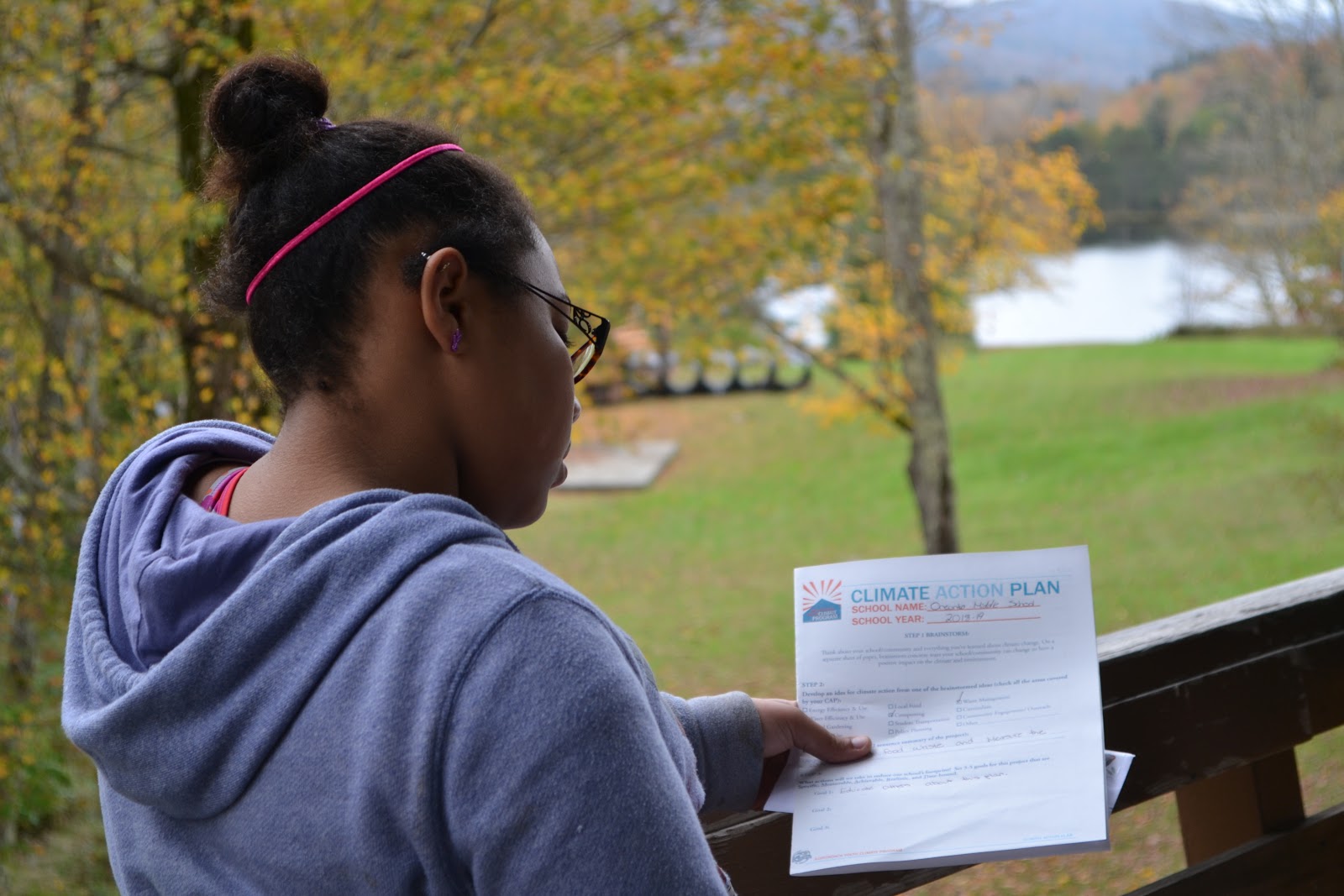
Last November, hundreds of high school students from across upstate New York poured into The Wild Center, ready to spend the next two days immersed in resilience workshops. These aspiring climate leaders were part of The Wild Center’s project, “Convening Young Leaders for Climate Resilience in New York State.” The project used an intensive two-day summit to increase climate literacy among high school students and teachers, providing students with the leadership skills to help their communities respond to climate change impacts. Experts from New York and beyond guided the summit attendees as they planned student-led resilience campaigns to implement back in their home communities. While most students led campaigns focused on improving their school, others worked to boost resilience in their city as a whole, some even playing a key role in designating their hometowns as official Climate Smart Communities. Because of the success of The Wild Center’s summit model, it is now featured in the U.S. Climate Resilience Toolkit and on the Climate.gov portal for other communities to adopt.
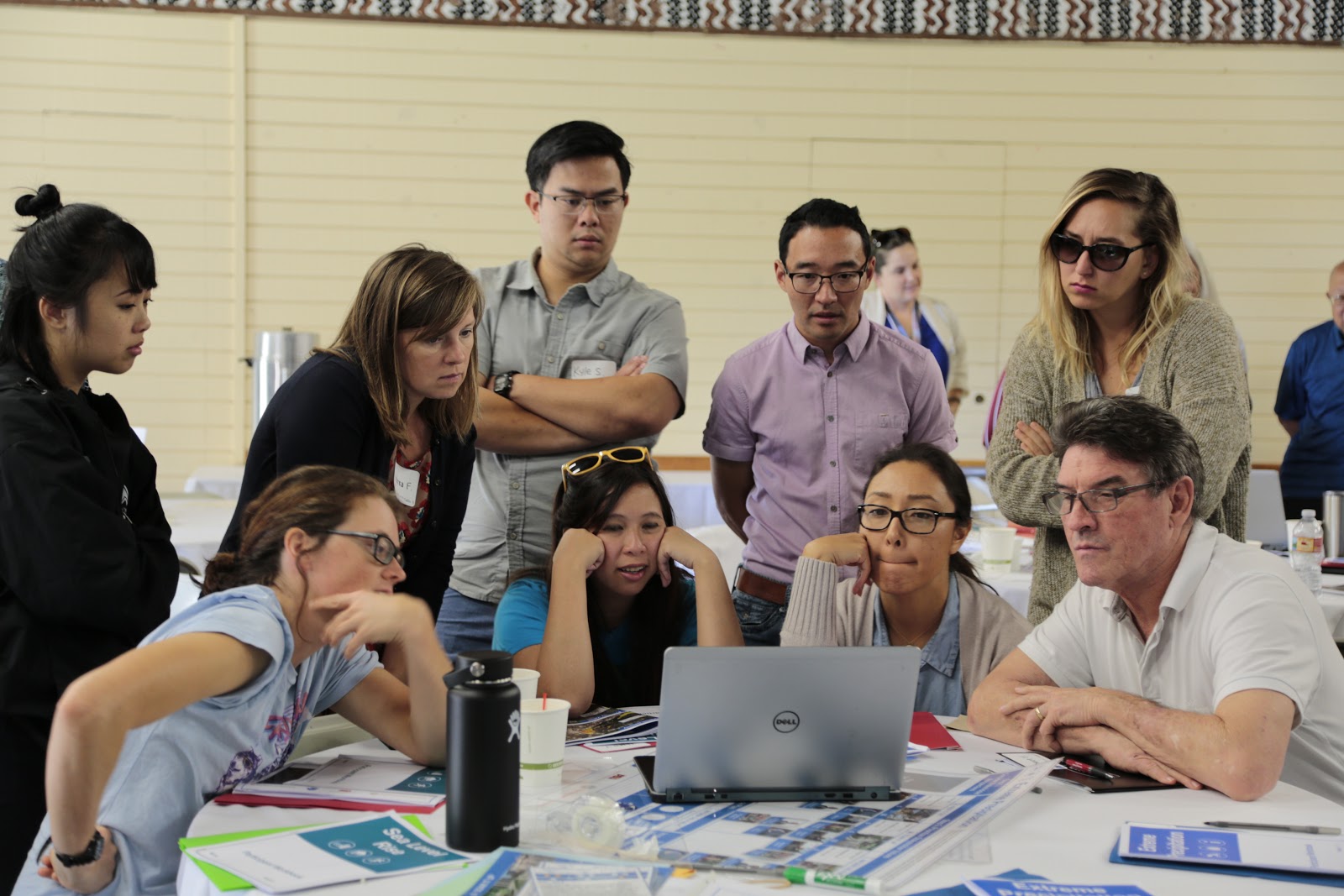
If you could design your own city, what would it look like? How would you make sure it’s safe from natural hazards? To increase the public’s understanding of a city’s resilience planning process, Arizona State University’s Consortium for Science, Policy & Outcomes (CSPO) and the Museum of Science Boston facilitated eight public forums in museums around the country: Boston, MA; Durham, NC; St. Paul, MN; Mobile, AL; Portland, OR; Oakland, CA; Phoenix, AZ; and Honolulu, HI. During these all-day events, community members took on the role of resilience planners, determining strategies for their hypothetical river or coastal towns to be more prepared for environmental threats like sea level rise, drought, heat waves, and extreme precipitation. This forum model can be replicated in new areas to strengthen community resilience in communities across the country. Now, this project’s lead institutions are building upon their original forum model through a second Environmental Literacy Grant, “Citizen Science, Civics, and Resilient Communities.” Working with 28 U.S. science centers, the Museum of Science Boston and its partners will incorporate citizen science activities into their forums and share the resulting data with local resilience planners. In turn, the citizen scientists will learn more about their communities’ vulnerabilities and help address them.
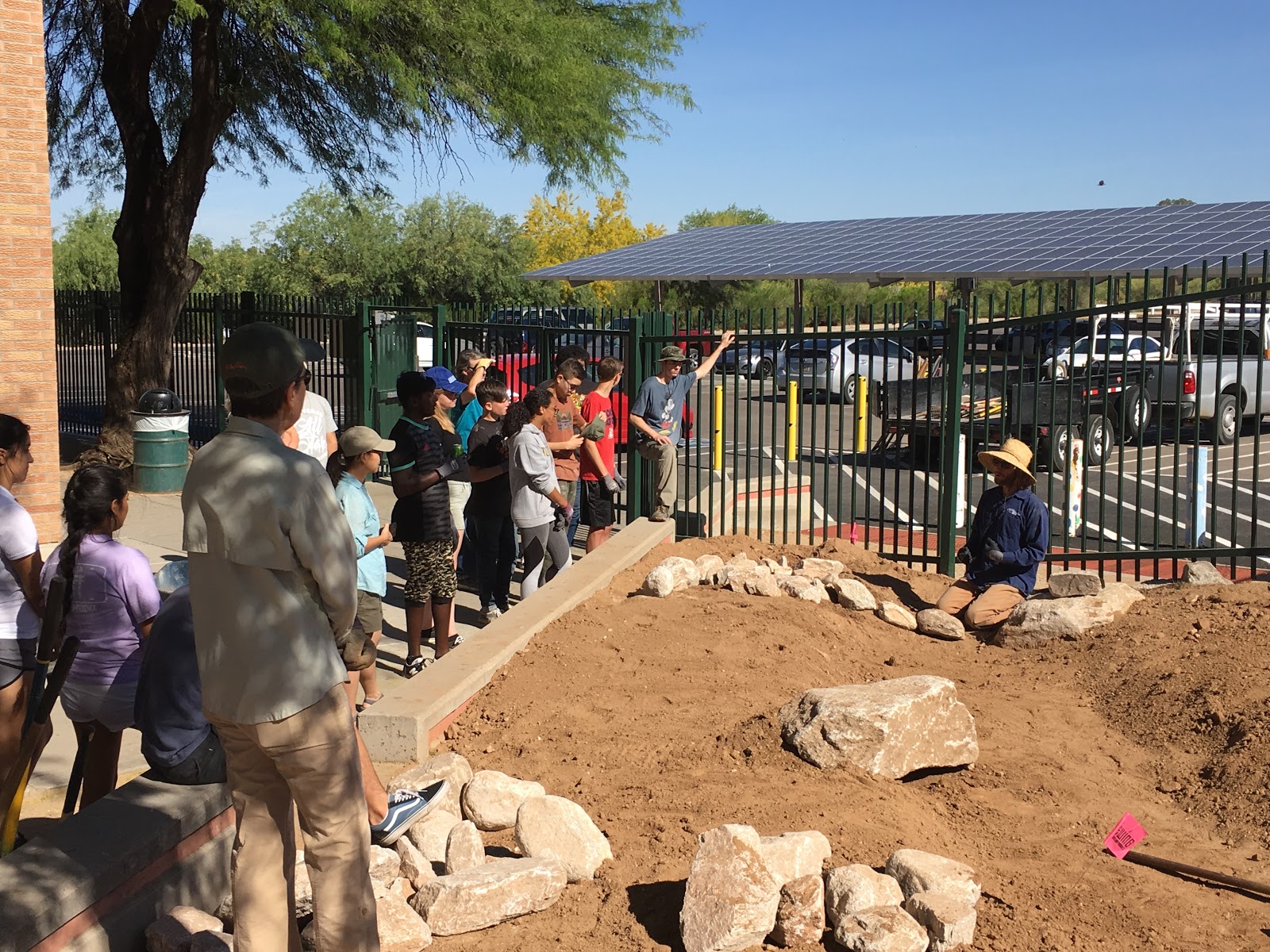

In September 2017, Category-5 Hurricanes Irma and Maria swept through the U.S. Virgin Islands, bringing with them devastating winds and rain. Seeing the suffering these terrible storms caused the islands’ residents, the University of the Virgin Islands realized the need to engage the people of St. Thomas, St. John, and St. Croix in hurricane education and preparedness. The university’s Storm Strong Program is the territory’s first sustained program focused on building hurricane preparedness and leadership within the community. Since its inception in October 2018, the program has hosted an eight-week workshop series in May and June 2019, where participants learned about how to prepare for hurricanes and their impacts. During the workshop’s fourth week, for example, participants assessed their communities’ vulnerabilities and discussed ways to eliminate or reduce risk.

Hull, Chelsea, and Lynn — low-lying towns just outside of Boston — are already experiencing sea level rise, flooding, and extreme heat due to climate change. The New England Aquarium is working with these three communities and the Metropolitan Area Planning Council (MAPC) to engage teachers and students in climate resilience planning. Their project, “Community Partnership for Resilience,” hosted a Summers Teacher Institute in August 2018, where educators from these three cities worked on designing resilience education projects for their classrooms. Utilizing NOAA resources, teachers determined community vulnerabilities, investigated options to address these issues, and then decided on how to take action. For example, teachers from Hull focused in on the town’s storm surge and flooding challenges, setting up a curriculum that would have their students understand these issues by analyzing local storm data and then address them through participating in beach revitalizations and dune grass plantings. The participating teachers are currently laying the groundwork for these action projects. The New England Aquarium will host their second Summer Institute with educators and project partners in August 2019.
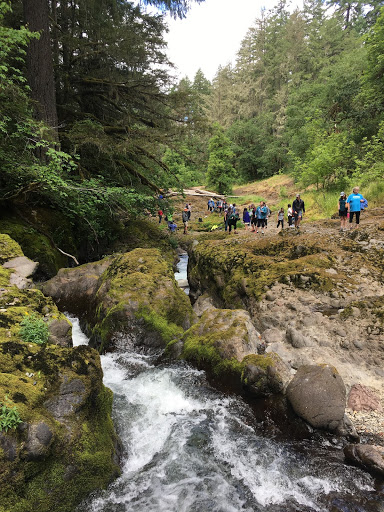
Spanning from the Cascade Mountains to Puget Sound, the Nisqually River Watershed in Washington state contains many rich and diverse ecosystems. It also faces a myriad of environmental threats, such as drought, wildfires, and sea level rise. Although issues like these seem daunting, the Nisqually River Foundation’s annual, three-day Summer Teachers Institute gives teachers the tools and information they need to educate their classrooms about these topics. During the third teacher institute held in June 2018, 40 teachers heard from local experts, tested water quality in their local watersheds (pictured here), and participated in a variety of breakout sessions about the environmental threats their community faces. The experiential nature of the activities allowed teachers to truly visualize complex issues. For instance, one teacher said, “I understood the difference between gray, hard infrastructure and green solutions to sea level rise, but when I paddled up to the shore at the park and could see it, I really got it!”
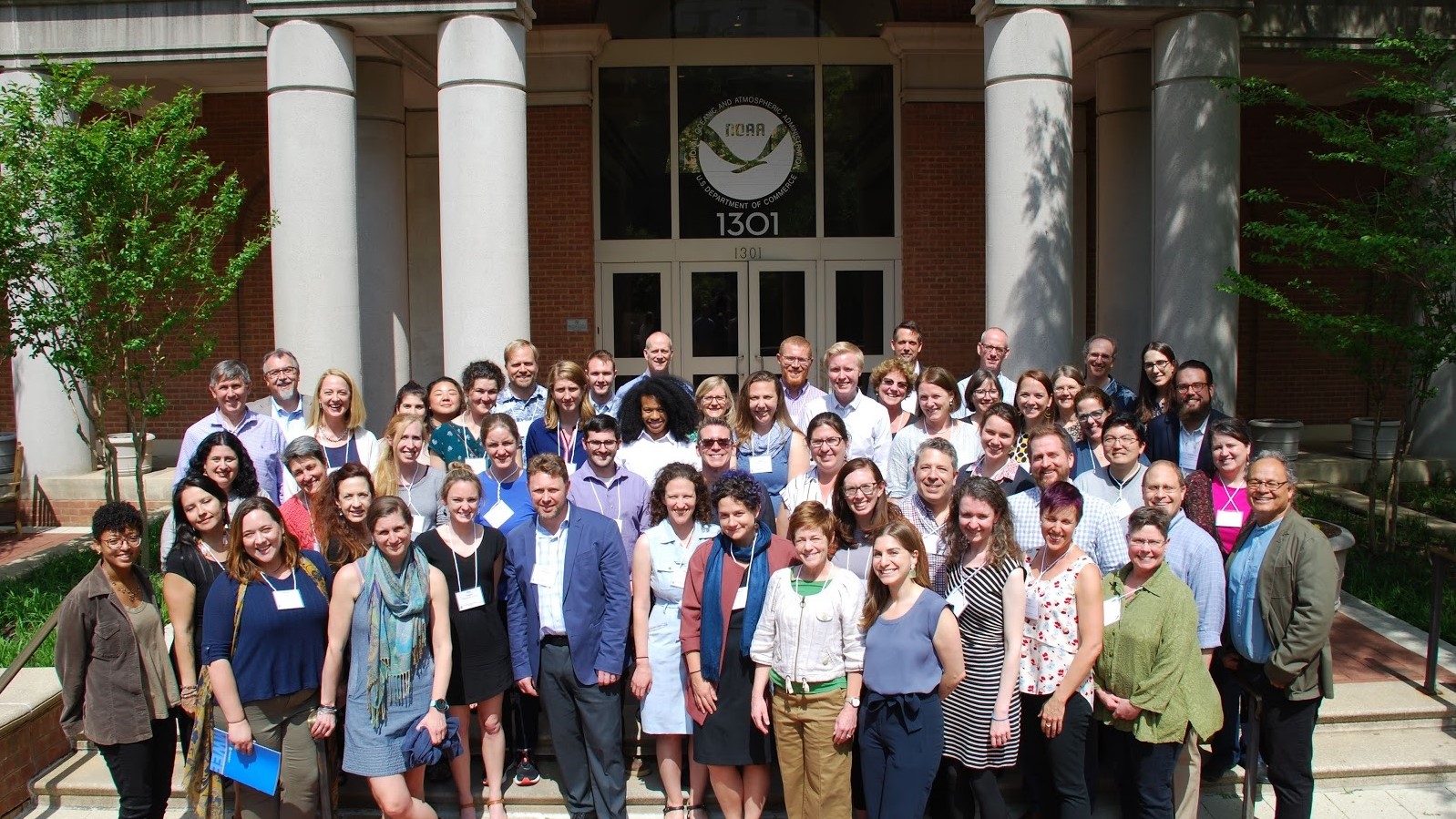
Although each grantee engages their communities in unique ways using a variety of approaches, there are common themes within each project. These include environmental justice, citizen science, working with local officials, curriculum used in resilience education, and the emotional impact of climate change. The second Environmental Literacy Program Resilience Education Grantee Workshop provided an opportunity for project leaders to explore these areas of common interest. Hosted by NOAA Office of Education at NOAA Headquarters in Silver Spring from April 29 through May 1, 2019, this workshop convened 75 participants representing 36 institutions across the country, including grantee organizations, federal participants, and speakers’ organizations. Overall, the workshop strengthened the grantees’ connections with each other and with NOAA staff and resources. The grantees walked away from the workshop with more resources, expanded networks, and new ideas about how to address their challenges and measure their impacts.
A new competition for Environmental Literacy Grants will be issued in the fall of 2019. Pre-applications will be due late fall 2019.
The NOAA Office of Education will issue a competitive funding opportunity for projects designed to support the education of the public and/or K-12 students so they are knowledgeable of the ways in which their community can become more resilient to extreme weather events and/or other environmental hazards, and become involved in achieving that resilience. See the Apply page for additional details.


